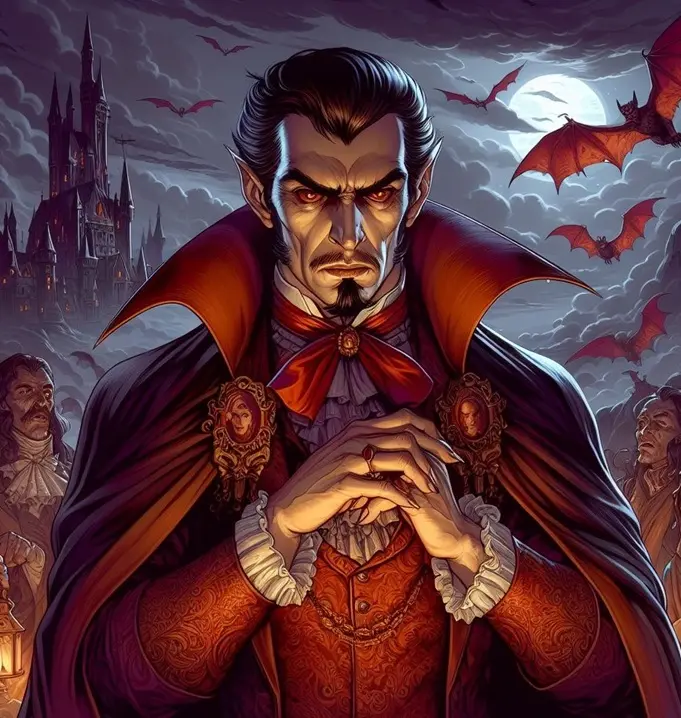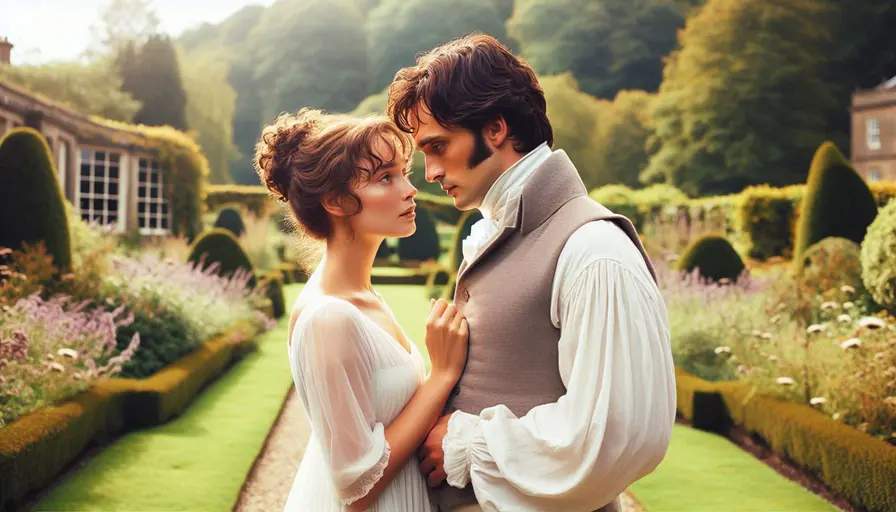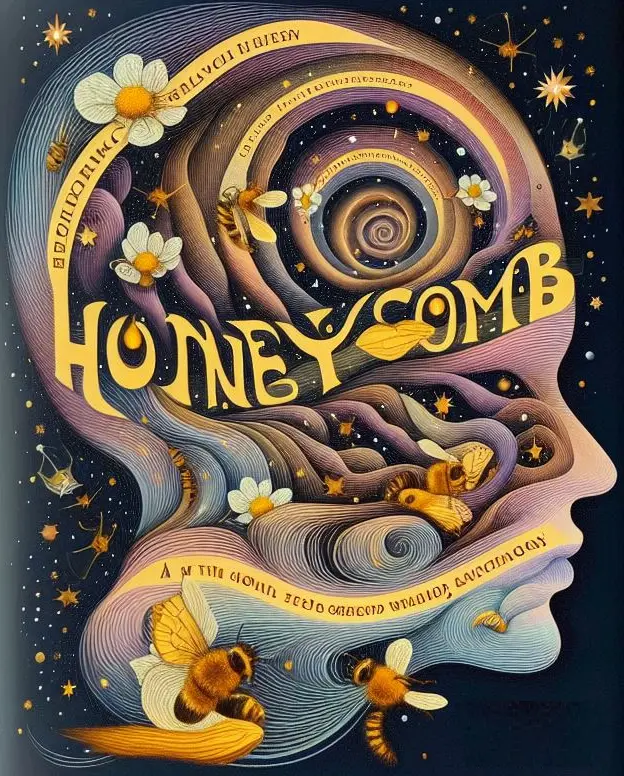Book of the Month – Bram Stoker’s Dracula
As someone with a fervent passion for classic literature, I must confess a slightly embarrassing truth – it has taken me an inordinate amount of time to acquaint myself with the chilling pages of “Dracula” by Bram Stoker. Yes, I have delved into the numerous adaptations and cinematic portrayals (Gary Oldman’s Dracula has haunted many of my midnights), but true aficionados will agree that these experiences barely scratch the surface of Stoker’s literary genius.
Upon finally turning the well-worn pages of Dracula, I was swept away by the atmospheric depth and intricate narrative that Stoker masterfully wove. The novel, published in 1897, despite its age, maintains a grip on modern readers with ease. Stoker’s narrative pulls you into a world that, while at times feeling as distant as the fog-covered landscape of Transylvania, resonates with familiar themes of fear, intrusion, and survival.
“Dracula” isn’t merely a horror story; it is a layered exploration of Victorian anxieties at the brink of modernity. The novel taps into the fears of the unknown, the dread of what lies beyond the safe confines of scientific understanding. Each nightfall in the book brings a sense of foreboding, crafting shadows in the corner of the reader’s vision, much like it does for its characters.
Now, concerning the characters, Stoker introduces a cast that could initially seem pulled straight from a Victorian dinner party until their depths are revealed in their confrontation with the supernatural. The principal narrator, Jonathan Harker, starts his journey with innocent clerical intentions, only to find himself trapped in the eerie expanse of Count Dracula’s castle. His experiences, documented through journal entries, bring a personal, palpable fear to the fore. This epistolary style, with letters and diary entries, cleverly serves both to create a sense of realism and to fragment the narrative, allowing the terror to seep through different viewpoints.
Mina Murray, a character who might have been sidelined in lesser hands, emerges in Stoker’s narrative with her own form of quiet strength. Her role pivots from passive to proactive as the story unfolds, reminding readers that in the world Stoker paints, resilience often trumps brute force. The dynamics between Mina and the male protagonists, including her fiancé Jonathan and the enigmatic Professor Van Helsing, add layers to the narrative, showcasing differing approaches to the ominous threat posed by Dracula.
Speaking of Count Dracula himself, Stoker’s portrayal of the titular antagonist is a masterclass in building menace and palpable dread. Dracula is not just a villain; he’s a symbol of invasive, malignant forces, his foreignness to Victorian England emphasized to stir unease. This xenophobic undertone can’t be ignored as it plays into the period’s anxieties about the Empire and what lay beyond its borders, making Dracula not only a personal but a nationalistic threat.
Stoker’s prose does not shy away from exploring the implications of technology either. The novel is peppered with modern (for its time) technological references like the typewriter and the telegraph. These tools become weapons in the battle against Dracula, signifying a clash not only of cultures and countries but of times and technologies.
Yet, despite the seemingly straightforward battle between good and evil, Stoker imbues the narrative with ambiguity. The novel questions not only the nature of evil but the ethics of righteousness. The vampire hunters’ actions sometimes mirror the predatory behaviors they seek to thwart, blurring the lines between hunter and hunted, savior and destroyer.
“Dracula” is far more than a mere gothic horror story. It’s a nuanced discourse on fear, power, and survival. The unsettling atmosphere that Stoker conjures is not merely for spine-tingles but stirs a contemplation of deeper societal and personal fears. Such mastery over suspense and depth cements “Dracula” not just in the realm of horror but as a seminal work in the world of literature.
Does the novel have its moments of melodrama? Absolutely. But these instances are more a characteristic of the era than a flaw in Stoker’s storytelling. In truth, the heightened emotions only amplify the immersive experience, drawing readers deeper into the fog-laden, fear-strewn world Stoker creates.
In the end, reading “Dracula” is an experience that goes beyond exploring the shadows of the supernatural. It challenges the brightness of human reason, tests the steel of human courage, and examines the vulnerabilities of the human heart. Bram Stoker’s “Dracula” isn’t just a book to be read; it’s a phenomenon to be experienced, a pivotal chapter in the annals of storytelling that continues to resonate with and captivate readers today.
So, while the screen adaptations offer their charms and chills, they merely scratch the surface of what Stoker’s novel offers. Like the mist-shrouded landscapes of Transylvania, “Dracula” invites a deeper exploration, one that promises both terror and wonder in equal measure. Be it the dark corners of Dracula’s castle or the resilient spirit of its protagonists, Stoker’s narrative promises a journey as menacing as it is mesmerizing. As we venture into those dark nights with Jonathan, Mina, Van Helsing, and others, we find not just monsters lurking but the enduring light of humanity, ready to confront the darkness, both external and within.
SUBSCRIBE BELOW AND GET THIS NOVEL ALONG WITH PRIDE AND PREJUDICE FOR FREE – INSTANTLY!
Subscribe to our newsletter and get a free novel each month!



